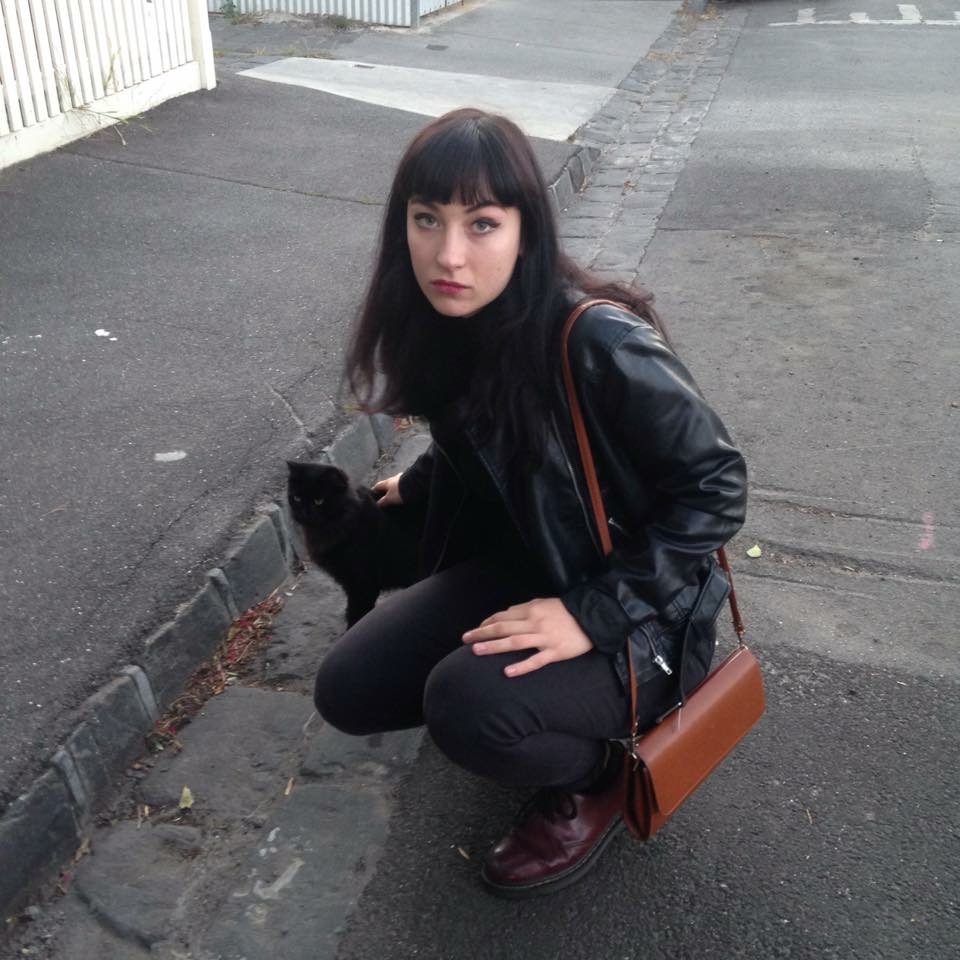We have launched into our 4th project brief with the news that it consists primarily on group work, and will be assessed on our ability to collaborate and participate with others in a productive way. This at first elicited a groan from me, but straight away I realised; I genuinely enjoy group work.
Some of the thing’s i’m most proud of were achieved in a group. There’s no way I could have done them alone.
My favourite experience was during a course called Shooting Short Productions. 5 scripts from the class were selected and we chose the script which we would like to collaborate. The hardest part was divvying up the tasks. Everyone wanted to edit. This time round I think it’s a much faster process to allocate one person to lead each task, but everyone has equal input and responsibility.
I ended up shooting for 3 days with the cast and crew,and it was nice. I ate a lot of kebabs. We bonded, and shared our favourite movies and film techniques. There was never any tension. I though the biggest learning curve was after 12 takes, I couldn’t time a shot right and be able to show enough coverage, so I swallowed my pride and handed over the camera to someone else. I was slowing down the momentum trying to be it all.
Anyway, on the last day of shooting, we shot at the house of the director. He had a sick vinyl on the wall from a band I was obsessed with at the time. I said hey sick record and he said thanks that’s my band. He flipped over the sleeve and there he was. (I took the vinyl home and never paid him sorry m8)
Anyway so here’s a successful piece of group work I made last year. EnjOÿ
Not at this Address from rosie pavlovic on Vimeo.



